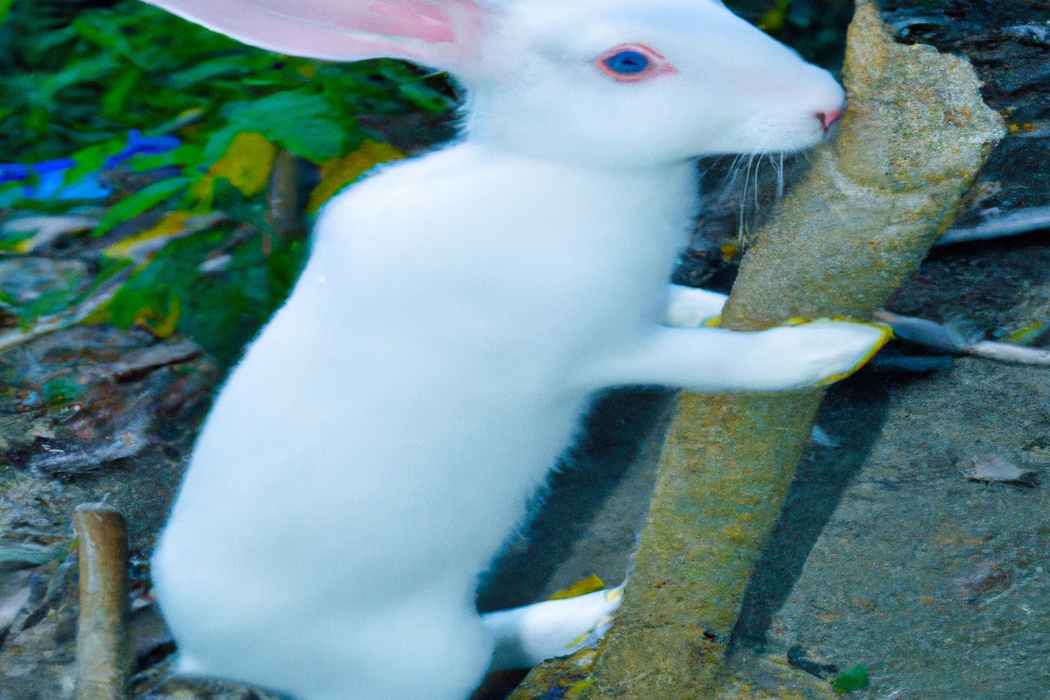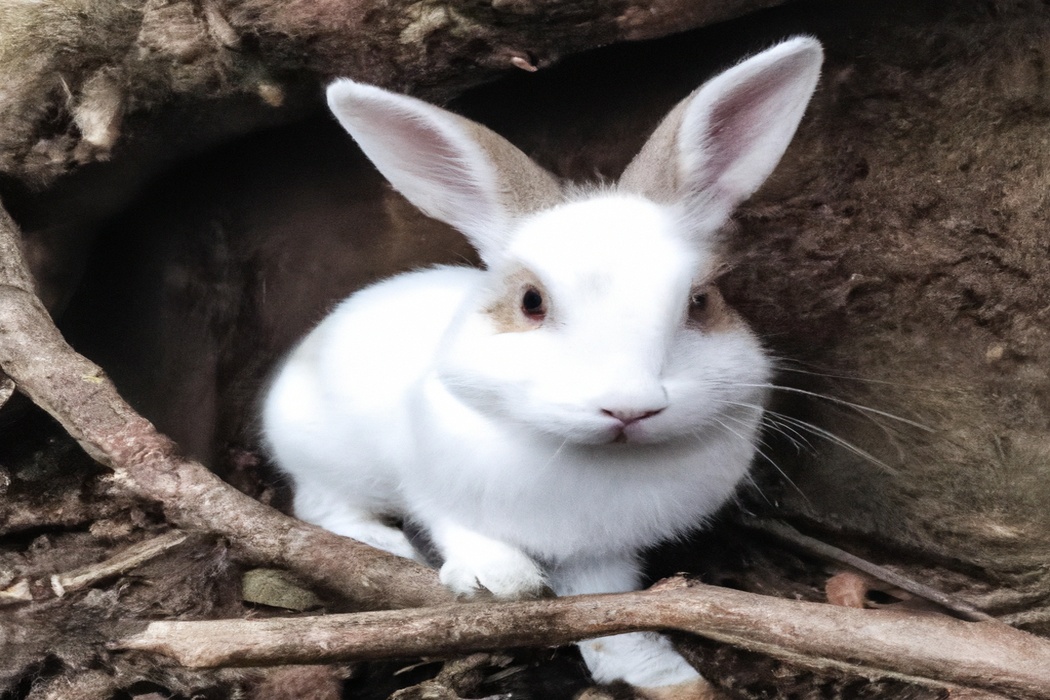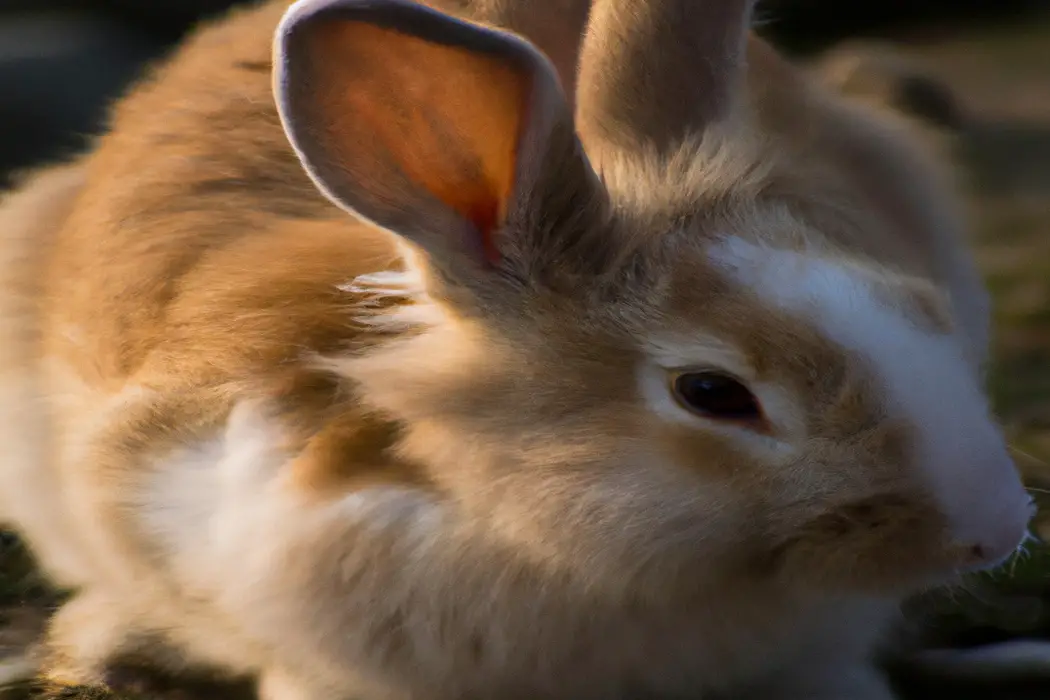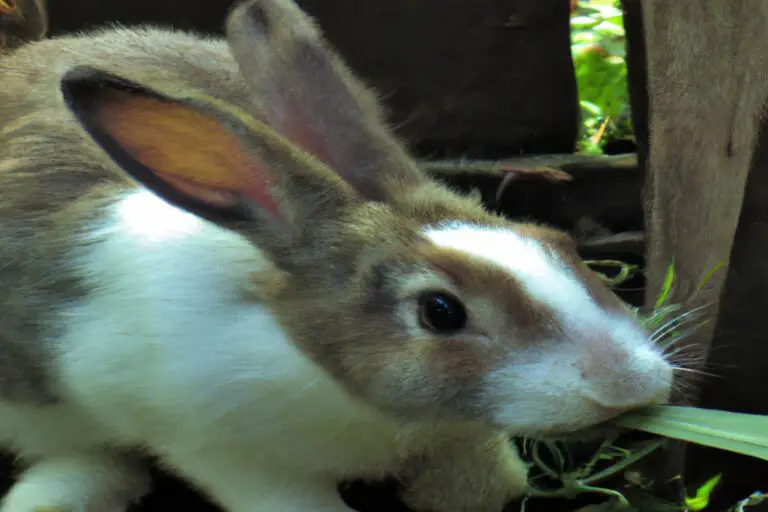How Long Is a Rabbit In Labor – Explained!
Key Takeaways:
- The average duration of rabbit labor typically lasts around 30 minutes to 1 hour.
- If a rabbit’s labor lasts longer than 2 hours without any progress, immediate veterinary assistance is recommended.
- Rabbits may experience occasional pauses during labor, but prolonged breaks exceeding 1-2 hours may indicate a problem.
- Having a quiet and comfortable nesting area prepared in advance can help support a smooth and stress-free rabbit labor process.
Are you eagerly awaiting the arrival of adorable little bunnies?
Wondering just how long your furry friend will be in labor?
Well, you’ve come to the right place! Whether you’re a first-time rabbit parent or experienced in bunny births, understanding the duration of rabbit labor is crucial for a successful delivery.
In this article, we’ll delve into the stages of rabbit labor, factors that can affect its length, and signs to look out for indicating that your bunny is about to give birth.
Plus, we’ll share tips on how to assist your rabbit during this miraculous process.
Let’s get started!
| Stage | Duration |
| Early Labor | 6 – 12 hours |
| Active Labor | 1 – 2 hours |
| Delivery of Each Kit | 10 – 15 minutes |
| Resting Period Between Kits | 10 – 20 minutes |
Understanding Rabbit Labor
In order to understand rabbit labor, it’s important to learn about its definition and the stages involved.
Definition of Rabbit Labor
Rabbit labor refers to the process of giving birth for a female rabbit (doe).
It is the natural and necessary step in a rabbit’s reproductive cycle, allowing her to deliver her offspring (kits).
During labor, the doe will experience contractions, and she will push the kits out of her body.
This can be a physically demanding and exhausting process for the doe.
It is important to provide a safe and comfortable environment for the doe during labor to ensure a successful delivery.

Stages of Rabbit Labor
Rabbit labor typically consists of three stages: early labor, active labor, and delivery. During the early labor stage, you may notice your rabbit becoming restless and building a nest.
This stage can last anywhere from a couple of hours to a day or more.
The active labor stage is when the real work begins. Your rabbit will experience contractions and may show signs of discomfort.
This stage usually lasts around 30 minutes to an hour.
Finally, the delivery stage is when the kits are born. Your rabbit will push and expel each kit, usually one at a time, with some pauses in between.
This stage can take several hours, with each kit being born within a few minutes to an hour apart.
It’s important to provide a quiet and calm environment for your rabbit during labor. If you notice any signs of distress or complications, it’s best to consult with a veterinarian.

Duration of Rabbit Labor
The duration of rabbit labor varies, but it typically lasts around 30 minutes to an hour.
Factors such as the rabbit’s age and experience can also influence how long labor lasts.
Average Duration of Rabbit Labor
The average duration of rabbit labor is typically around 30 minutes to 1 hour.
However, it can vary depending on the individual rabbit and their breed.
Some rabbits may give birth quickly, while others may take a bit longer.
It’s important to monitor the labor progress and ensure the mother rabbit is comfortable.
If labor lasts longer than 1-2 hours without any progress, it’s recommended to seek veterinary assistance.
Factors Affecting the Length of Rabbit Labor
There are several factors that can affect the length of rabbit labor. One important factor is the age of the rabbit.
Younger rabbits tend to have shorter labors compared to older rabbits.
Another factor is the size of the litter. Larger litters can result in longer labor times.
The rabbit’s overall health and condition also play a role.
If a rabbit is in good health and has been properly cared for, the labor may be shorter. Additionally, the rabbit’s stress levels and environment can impact the length of labor.
A calm, quiet environment can help the labor progress more smoothly.
Signs of Rabbit Labor
During the labor process, rabbits exhibit both physical and behavioral signs that indicate they are about to give birth.
Physical Signs of Impending Labor
Physical signs of impending labor in rabbits can include nesting behavior, restlessness, and increased grooming of their vulva. You may also notice your rabbit’s belly dropping, her appetite decreasing, and her becoming more irritable.
Another sign to look out for is the presence of vaginal discharge, which can vary in color and consistency.
Keep an eye on your rabbit’s behavior and physical changes to prepare for the arrival of her kits.

Behavioral Signs of Rabbit Labor
During rabbit labor, also known as kindling, there are several behavioral signs you can look out for. These include nesting behavior, where the rabbit starts pulling fur and creating a cozy spot for her babies.
Another sign is restlessness and digging in her cage or nesting area.
You may also notice a change in appetite or a decrease in activity level. Some rabbits may become more vocal or seem more anxious.
Keep an eye out for these behavioral signs as they could indicate that your rabbit is starting labor soon.
Assisting a Rabbit in Labor
Assisting a rabbit in labor involves creating a comfortable birthing area, monitoring the progress of labor, and contacting a veterinarian if necessary.
Creating a Comfortable Birthing Area
Creating a comfortable birthing area for your rabbit is crucial for a smooth delivery.
Here are some tips to help you set up a cozy space:
- Choose a quiet and secluded location where your rabbit can feel safe and undisturbed.
- Provide plenty of clean and soft bedding, such as hay or shredded paper, for your rabbit to nest in.
- Ensure that the area is warm and draft-free, as rabbits are sensitive to temperature fluctuations.
- Make sure there is easy access to fresh water and food nearby for the mother rabbit.
- Keep an eye on the area and be ready to assist if any complications arise during the birthing process.
By creating a comfortable birthing area, you can help your rabbit feel at ease and increase the chances of a successful delivery.
Monitoring the Progress of Labor
During labor, it is essential to monitor the progress of your rabbit to ensure everything is going smoothly. You can do this by observing your rabbit’s behavior and physical signs.
Look for contractions, restlessness, nesting behavior, and discharge.
Also, keep an eye on the time intervals between contractions. If you notice any signs of distress or prolonged labor, it is important to seek veterinary assistance immediately.
Regular monitoring helps ensure the health and well-being of both the mother and her kits.
Contacting a Veterinarian if Necessary
If you’re uncertain or concerned about your rabbit’s labor, it’s important to contact a veterinarian. They have the expertise and resources to provide the necessary assistance and care.
A veterinarian can evaluate your rabbit’s condition, offer guidance, and potentially intervene if needed.
Remember, it’s always better to seek professional help rather than risking the health and well-being of your bunny. Trust your instincts and don’t hesitate to reach out to a veterinarian if necessary.
Frequently Asked Questions (FAQs)
Frequently Asked Questions (FAQs):
1. How long does rabbit labor typically last?
Rabbit labor usually lasts between 15 and 30 minutes. However, each rabbit is unique, and labor durations can vary.
If you notice prolonged labor or any signs of distress, it’s best to consult a veterinarian.
2. What are the signs that a rabbit is going into labor?
Some common signs that a rabbit is about to give birth include nest-building behavior, restlessness, pulling fur from their belly, and a decrease in appetite. Keep an eye out for these signs, as they can indicate that labor is approaching.
3. Can I help my rabbit during labor?
In most cases, it’s best to let the rabbit handle labor on her own. However, you can provide a calm and comfortable environment, ensuring she has a private space with bedding materials.
If you have concerns or if the labor seems difficult, consult a veterinarian for professional advice.
4. How many babies does a rabbit typically have in one litter?
Rabbits typically have litters ranging from 1 to 14 babies, with an average of 4 to 12. It’s important to prepare a suitable nesting area and provide adequate care for both the mother and her newborns.
5. Should I separate the male rabbit from the mother and babies after birth?
To avoid unwanted breeding, it’s recommended to separate the male rabbit from the mother and babies immediately after birth. This will prevent any potential harm to the newborns and ensure the mother can care for them without any stress.
Remember to monitor the mother and her babies closely during the postnatal period and seek veterinary assistance if any concerns arise.
Final Verdict
Understanding rabbit labor is crucial for rabbit owners to ensure the well-being of their furry friends. The stages of rabbit labor, including the nesting stage, contractions, and delivery, play a significant role in the process.
The duration of labor can vary but typically lasts anywhere between 15 minutes to a few hours.
Various factors, such as the rabbit’s age, health, and number of kits, can influence the length of labor. It is important to carefully monitor the physical and behavioral signs of impending labor and create a comfortable birthing area for the rabbit.
In case of any complications, contacting a veterinarian is recommended.
By following these guidelines, rabbit owners can help their rabbits through the labor process and potentially save lives.







